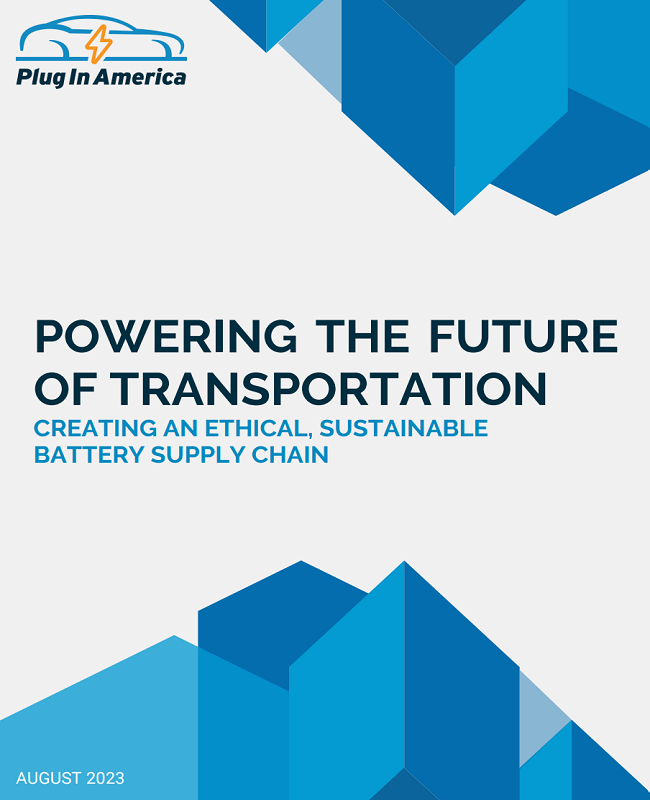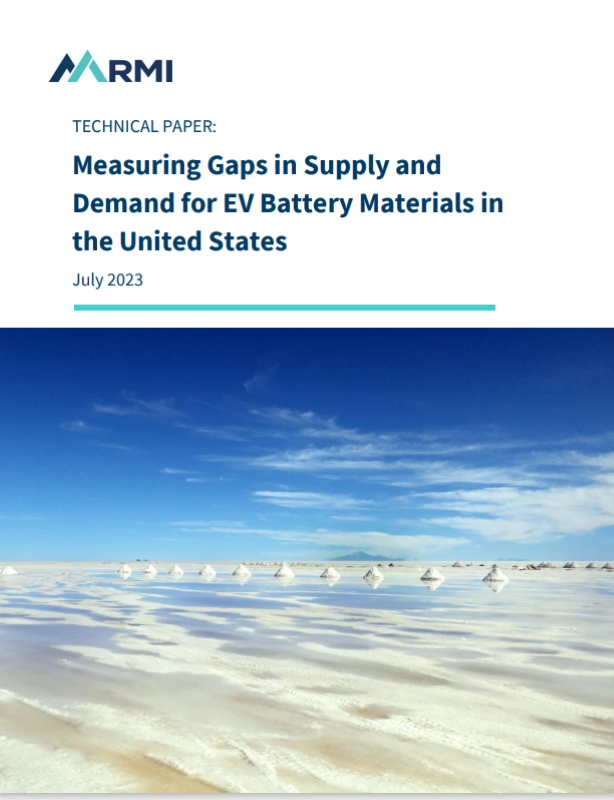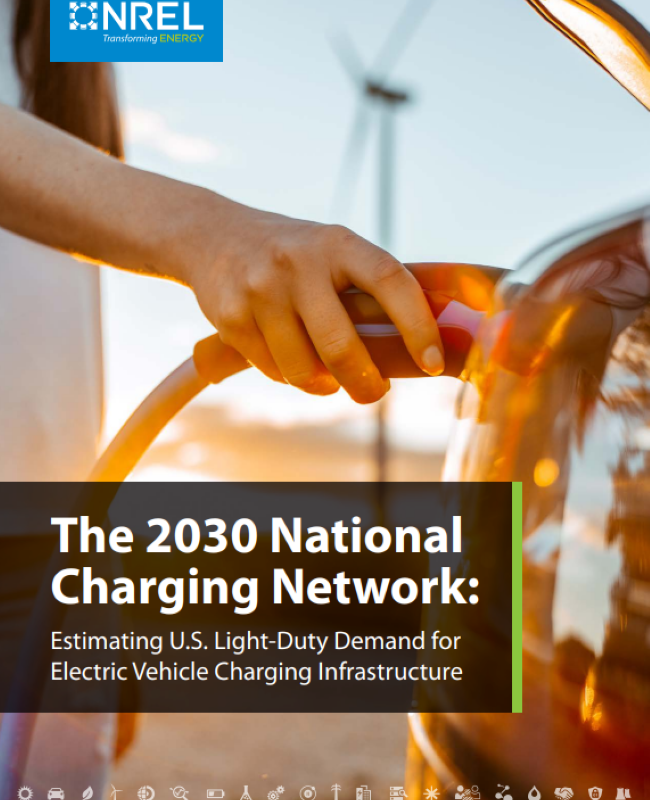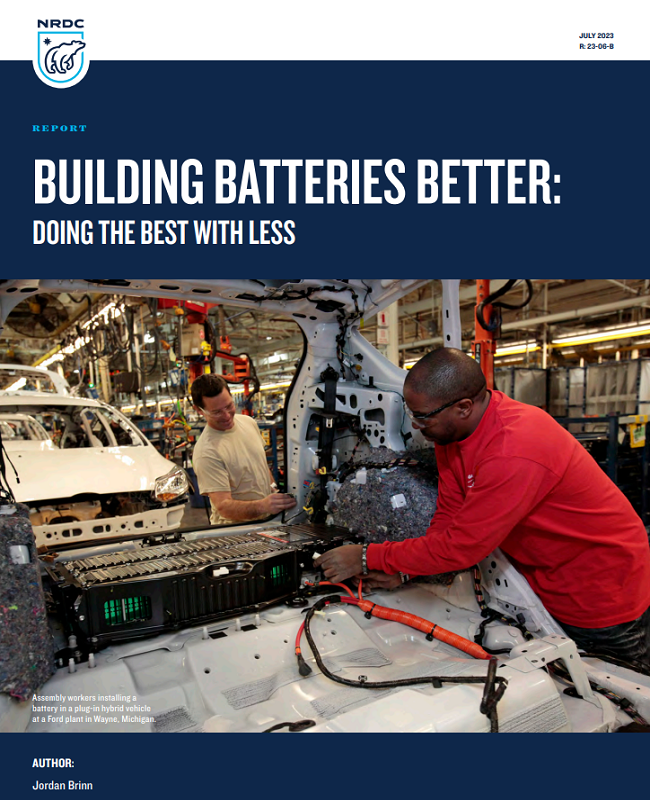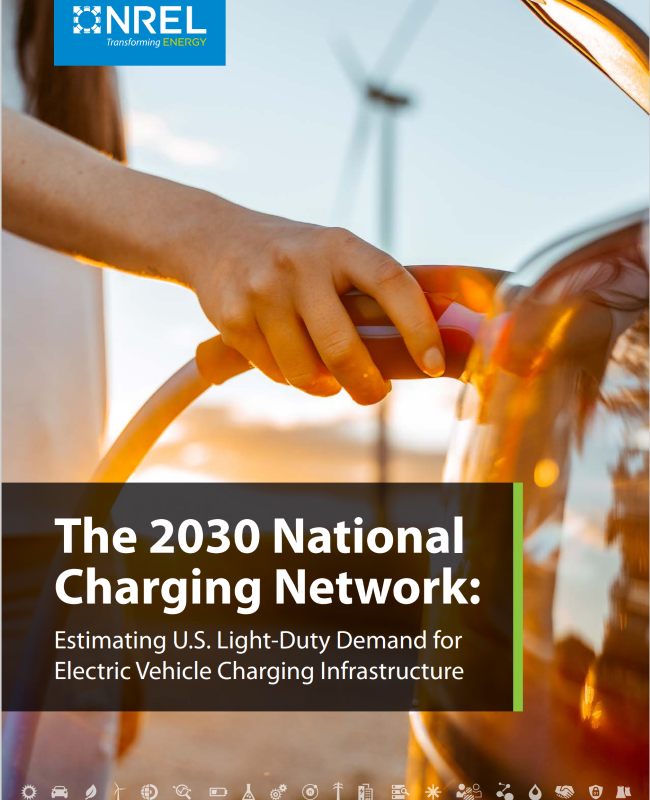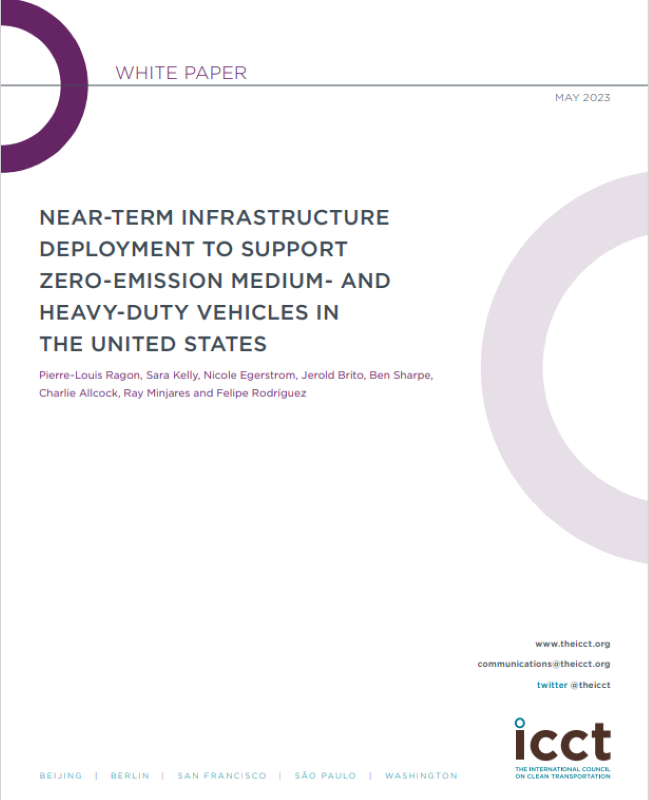Charging Up America: The Growth of United States Electric Vehicle Charging Infrastructure Jobs
Moe Khatib2024-05-21T13:39:38-04:00This paper projects the number of jobs that will be needed to expand electric light-duty vehicle (LDV) and medium- and heavy-duty vehicle (MHDV) charging infrastructure to meet annual charging needs through 2032. It quantifies the charging needs of a growing electric vehicle fleet that is aligned with newly proposed federal standards, and then projects the number of new jobs needed to deploy the necessary infrastructure.



